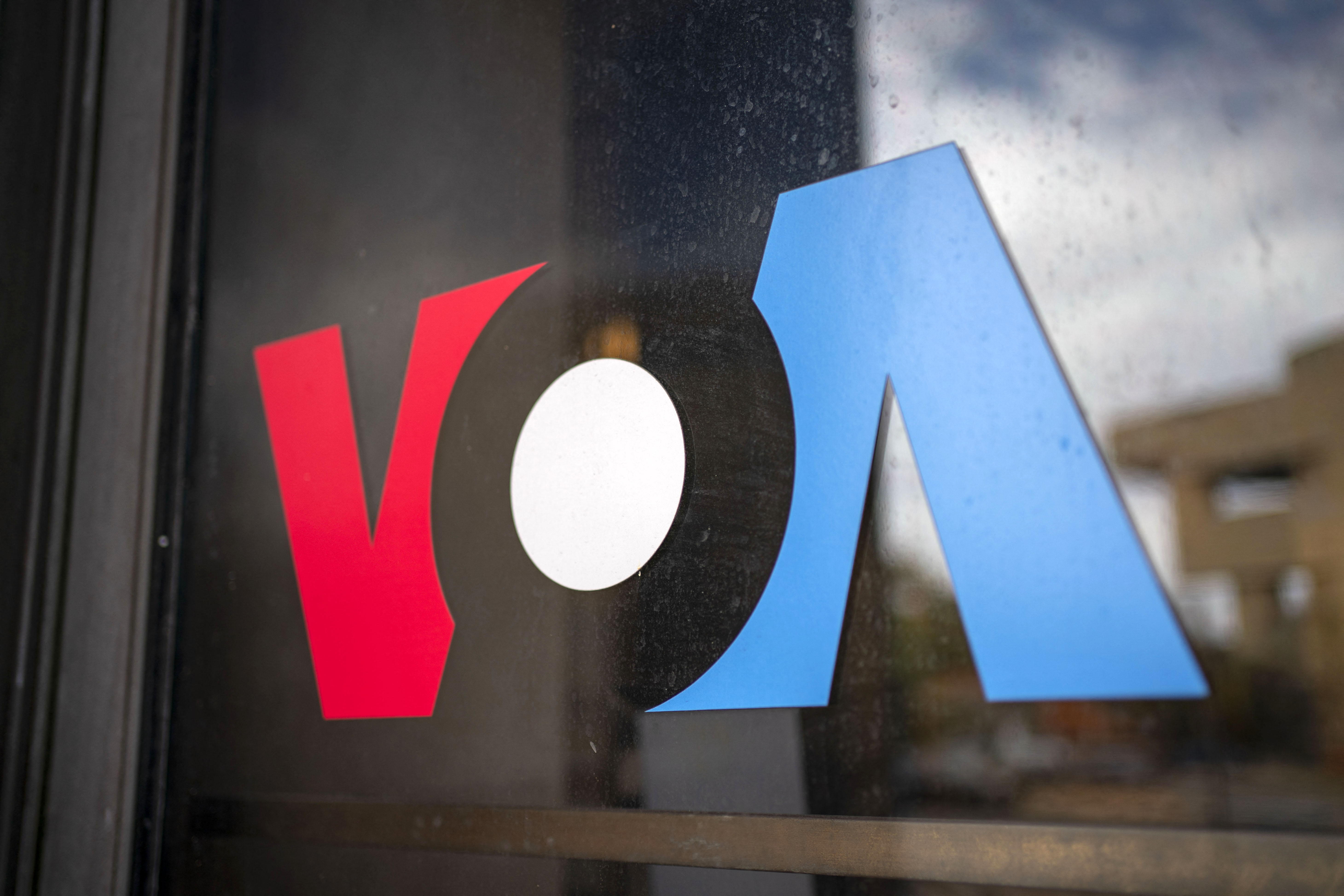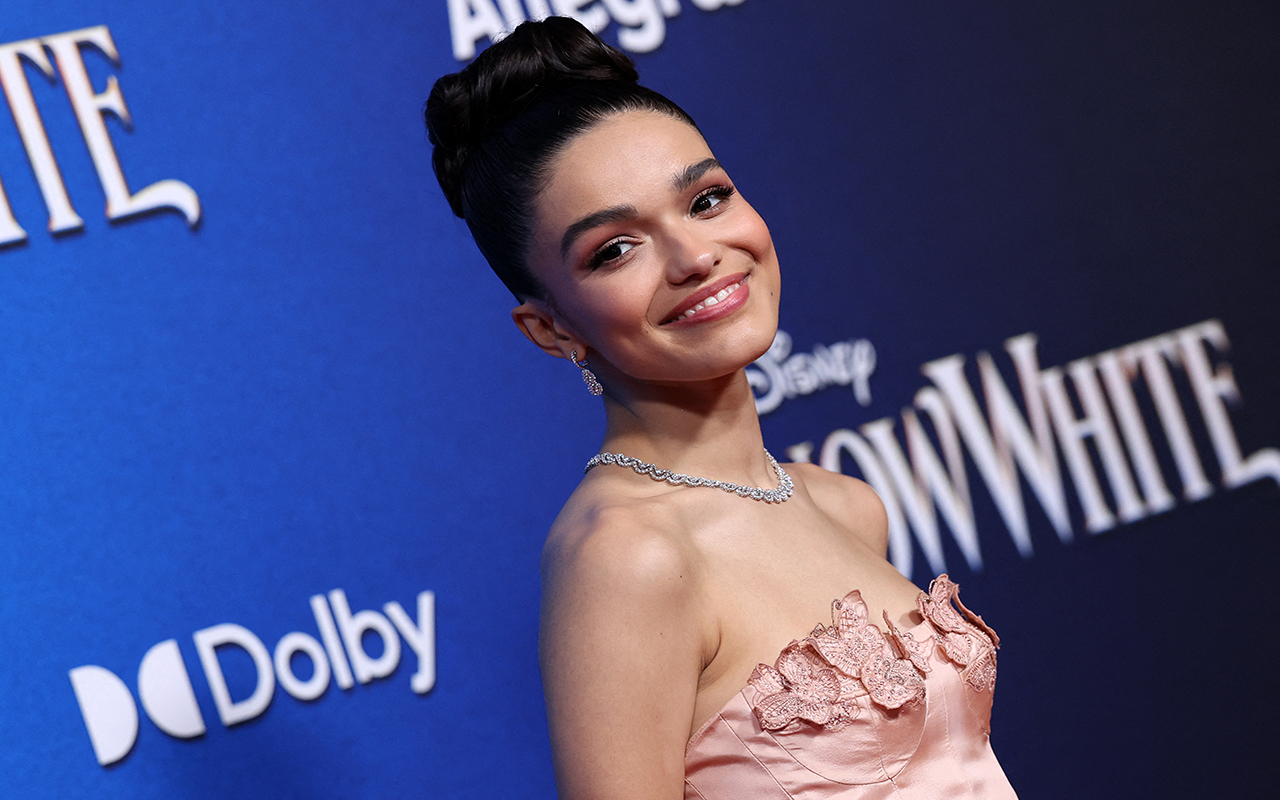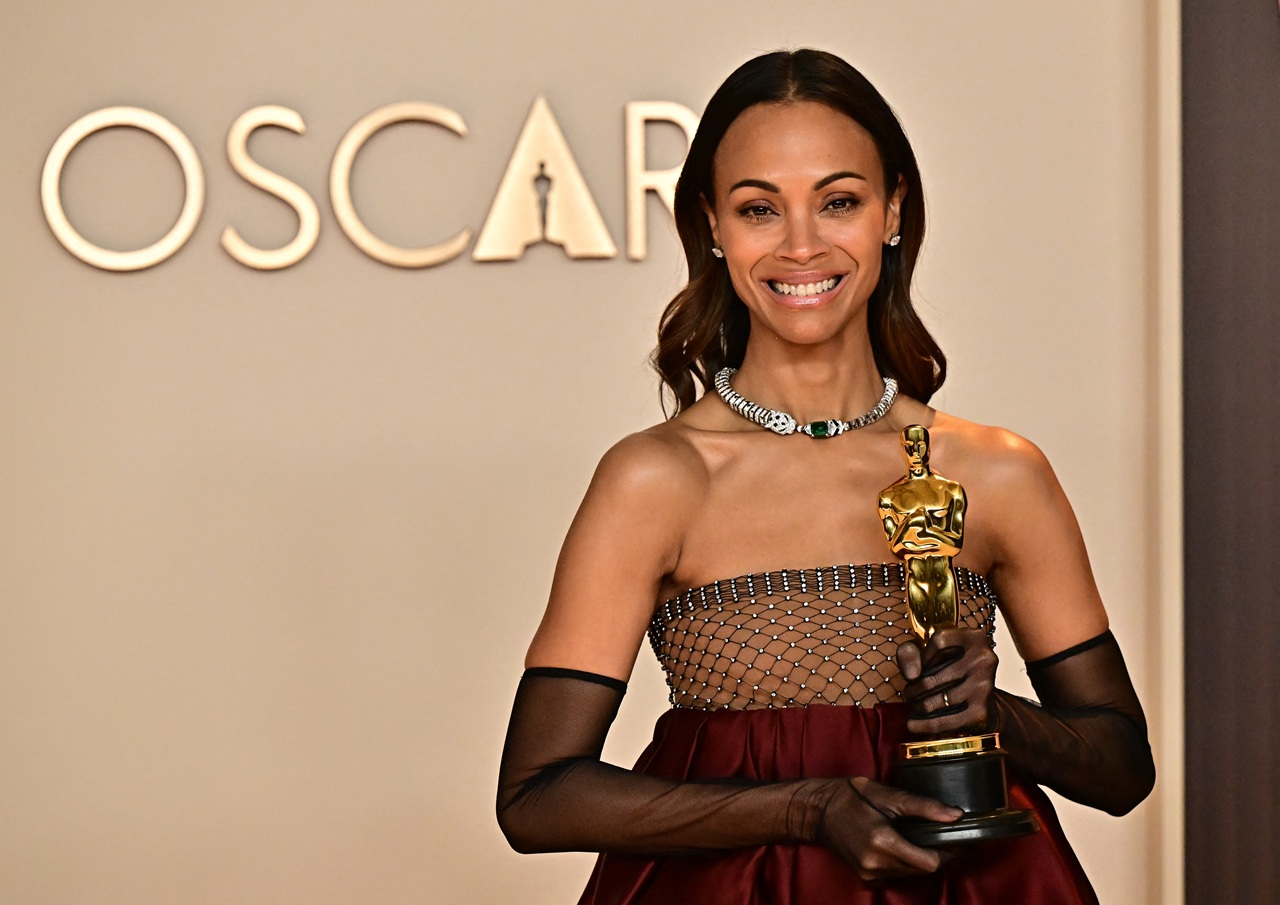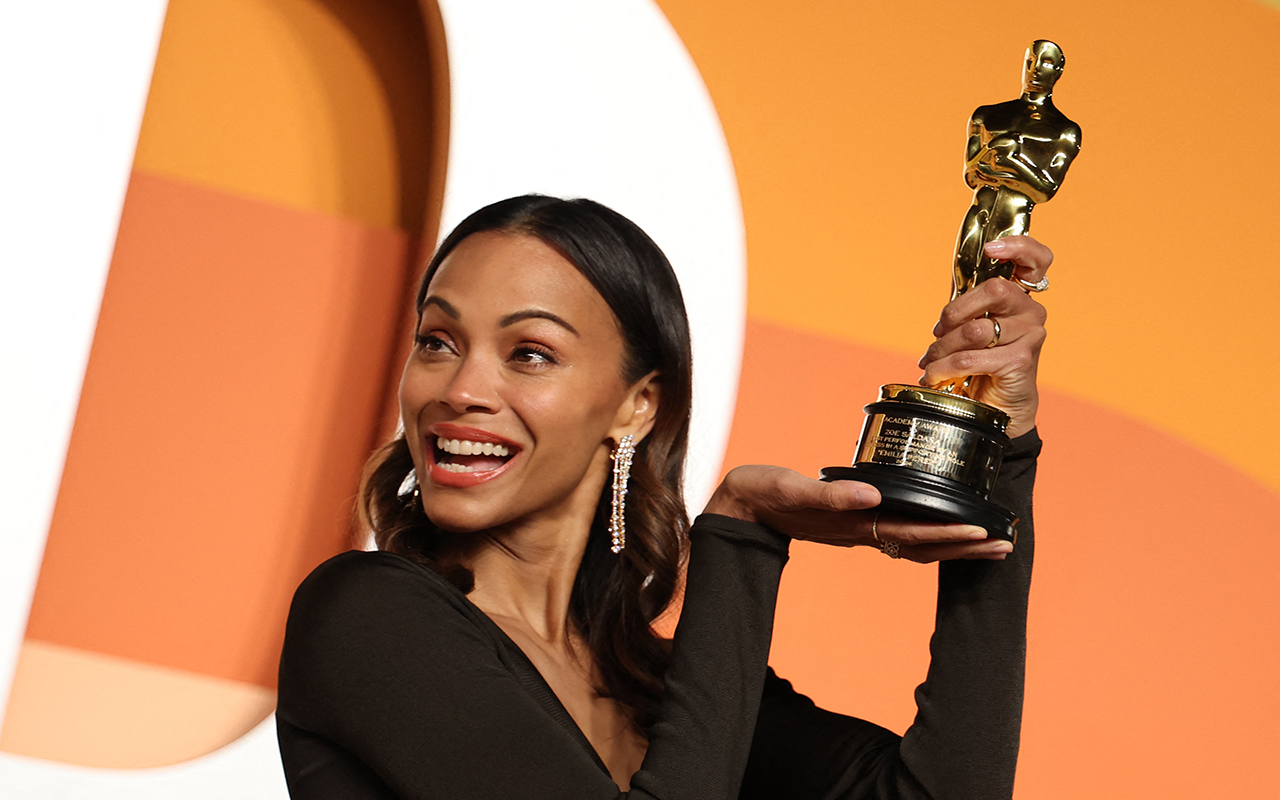
Latinos in Sesame Street or how children in the 60s and 70s learned about diversity
A half-century has gone since the first broadcast of the children's program Sesame Street and some of its most emblematic characters remember it was a…
It was the children’s program for kids in the 60’s, and the 70’s, and the 80’s. And, in fact, it still is.
50 years have passed since Abelardo and Elmo arrived in Sesame Street to share afternoon snacks with several generations of children.
They did it with an overwhelming success for a children's program, which from 1961 to the present has broadcasted around 5,000 episodes in 150 different countries and won almost two hundred prizes.
This Saturday Sesame Street celebrates a half-century on the air. And we celebrate it with them remembering some of the Latino characters who paraded through Sesame where diversity was a maximum.
She was a girl in the 50s, but you might remember her best for the role she played for 44 years in the acclaimed program: María.
RELATED CONTENT
Puerto Rican actress born in the Bronx, Sonia Manzano reminds NBC News how Sesame broke stereotypes by including other Latinos like her in the cast, talking and showing their own culture.
On the other hand, the actor Emilio Delgado, who played another Latino, Luis, said in an interview that many migrants learned English thanks to the show. And although you may not remember, both Luis and María spoke Spanish in some episodes.
Sesame Street has also been a pioneering program on how to approach complex issues to children, such as autism, identity, grief, or poverty. And also, in some seasons, it has included Latino characters such as Raúl Julia, Carlo Albán or Ismael Cruz Cordova.
"Can you tell me how to get, how get to Sesame Street?".
When creators Lloyd Morrisett and Joan Ganz Cooney graduated from Harvard, they immediately decided to have children psychologists in their team and the puppet artist Jim Henson to create different characters that could be close to children. But they asked themselves: how can we make the program more realistic?
The key was to introduce human and multi-racial characters and join the teaching, songs, and repetitions so that the experience was fun.
Today, half a century after two young graduates in Education had an idea and it started rolling, there hasn't been another program this close to our hearts.











LEAVE A COMMENT: